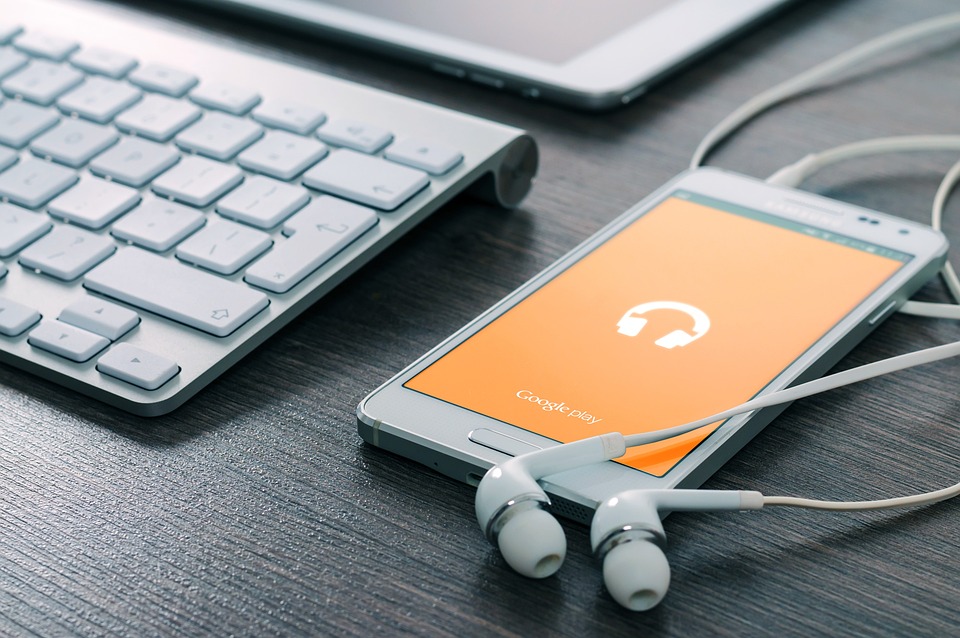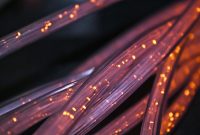Imagine a world where everyday objects are interconnected, communicating with each other and sharing data to make our lives more convenient, efficient, and enjoyable. This is the promise of the Internet of Things (IoT), a rapidly growing network of physical devices, vehicles, appliances, and other items embedded with sensors, software, and connectivity.
The Rise of IoT
The concept of IoT is not new, but recent technological advancements have propelled it into the mainstream, revolutionizing the way we live and work. From smart homes and cities to industrial processes and healthcare, IoT is reshaping virtually every industry, creating a more interconnected and efficient world.
Consider the example of smart home devices, such as thermostats, security cameras, and lighting systems, which can be controlled remotely through a smartphone. These devices not only offer convenience but also contribute to energy savings and greater security for homeowners. Similarly, in the healthcare sector, IoT-enabled devices can monitor patients’ vital signs and transmit important data to healthcare providers in real-time, leading to more effective and personalized care.
The Impact on Businesses
Businesses are also reaping the benefits of IoT. By leveraging data collected from interconnected devices, companies can gain valuable insights into consumer behavior, optimize supply chain operations, and improve overall efficiency. For example, IoT has revolutionized logistics and inventory management, allowing companies to track the movement of goods in real time, minimize waste, and streamline the delivery process.
In the manufacturing sector, IoT-enabled sensors and automation systems have led to the rise of “smart factories,” where machines communicate with each other to optimize production processes and minimize downtime. This not only improves productivity but also enhances worker safety and reduces operational costs.
Challenges and Opportunities
While the potential of IoT is immense, it also presents significant challenges. Security and privacy concerns have emerged as major issues, as the proliferation of interconnected devices increases the risk of cyber attacks and data breaches. Additionally, the sheer volume of data generated by IoT devices poses challenges in terms of storage, processing, and analysis.
However, these challenges also present opportunities for innovation and growth. As the demand for IoT solutions continues to rise, there is a growing need for skilled professionals in areas such as data analytics, cybersecurity, and software development. Moreover, advancements in cloud computing and edge computing are addressing the data management challenges associated with IoT, providing scalable and cost-effective solutions.
FAQs
What are some common examples of IoT devices?
Common examples of IoT devices include smart thermostats, wearable fitness trackers, connected vehicles, smart appliances, and industrial sensors.
How is IoT transforming healthcare?
In healthcare, IoT is enabling remote patient monitoring, personalized medicine, and improved operational efficiency in hospitals and clinics.
What are the security risks associated with IoT?
The interconnected nature of IoT devices makes them vulnerable to cyber attacks, data breaches, and privacy infringements. Security measures such as encryption, authentication, and regular software updates are essential to mitigate these risks.
Conclusion
The Internet of Things is not just a technological trend; it is a transformative force with the potential to create a smarter, more connected world. By integrating physical devices with digital technologies, IoT is unlocking new opportunities for innovation, efficiency, and convenience across various industries. While challenges such as security and data management must be addressed, the benefits of IoT are undeniable. As we continue to embrace and leverage IoT solutions, the impact on our daily lives and the global economy will only become more pronounced.
From smart homes to smart cities, from manufacturing to healthcare, the Internet of Things is reshaping our world—one interconnected device at a time.
















